Before you buy a leaf vacuum, think about some key things. Your yard size is important. The kinds of plants you have matter too. Your comfort is also important. You should look at these features:
-
Type and power source
-
Suction power (CFM)
-
Weight and noise level
-
Safety features
-
Bag capacity
-
Blade quality
-
Mulching capability
Think about how tools like the SuperHandy Electric Leaf Mulcher help you. They can make cleaning your yard easier.
Key Takeaways
-
Pick a leaf vacuum that matches your yard size and needs. Corded electric vacuums work well for small yards. Walk-behind vacuums are better for big lawns.
-
Find a vacuum with strong suction power. Good mulching helps clean up leaves faster and easier.
-
Think about comfort features like weight and padded handles. Adjustable straps can help you feel less tired when using it.
-
Look at the safety features before you buy. Always wear goggles and ear protection when using a leaf vacuum.
-
Decide how much money you want to spend. Think about how often you will use the vacuum. Choose a model with the right power, features, and easy care.
Leaf Vacuum Types

Choosing the right leaf vacuum depends on your yard and your needs. You will find four main types. Each type works best in different situations. Here is what you should know:
Corded Electric
Corded electric leaf blowers and vacuums plug into an outlet. You get steady power and unlimited runtime. These models work well for small yards or areas close to your house. You do not need to worry about charging batteries or refueling. Corded electric leaf vacuums run quietly and need little maintenance. You only need to check the cord and keep the machine clean. The main drawback is the cord. You must stay near an outlet, and the cord can get in your way.
Cordless (Battery)
Cordless leaf blowers and vacuums use rechargeable batteries. You get freedom to move around your yard. These models suit small to medium yards. They run quietly and do not produce fumes. You will need to charge the battery after each use. Most batteries last about 20 to 30 minutes. Cordless leaf vacuums are easy to maintain. You only need to care for the battery and keep the tool clean. If you want a lightweight blower vac, this type is a good choice.
Gas-Powered
Gas-powered leaf blowers and vacuums offer the most power. You can use them for large yards and heavy debris. These machines run as long as you have fuel. You do not need to worry about cords or batteries. Gas-powered leaf vacuums are noisy and need regular maintenance. You must change the oil, replace spark plugs, and clean the engine. They also produce exhaust fumes. If you need a blower vac for tough jobs, gas-powered models work best.
Walk-Behind
Walk-behind leaf vacuums look like small lawn mowers. Most use gas engines. You push them across your yard, and they pick up leaves fast. These models suit large lawns or people who want less lifting. Walk-behind leaf blowers and vacuums have high suction power and big bags. They can be heavy and bulky. If you have a large yard and lots of leaves, a walk-behind blower vac saves time.
Tip: Use the table below to compare each type quickly.
|
Vacuum Type |
Power Source |
Best Use Case |
Limitations |
|---|---|---|---|
|
Corded Electric |
Electric (corded) |
Small areas near outlets |
Limited by cord length |
|
Cordless Battery |
Electric (battery) |
Small to medium yards |
Short battery life |
|
Gas-Powered |
Gasoline |
Large properties, heavy debris |
Noisy, needs maintenance, emissions |
|
Walk-Behind |
Gasoline |
Large lawns, easy handling |
Heavy, bulky |
Leaf vacuum power source affects how long you can work, how much noise you hear, and how much care the tool needs. Gas-powered models run loud and need more upkeep. Corded electric and battery models run quieter and need less maintenance. You should match your leaf blower or blower vac to your yard size and comfort level.
Features to Look For

When you buy a leaf vacuum, check for important features. These features help you pick the right tool for your yard. They also make cleaning easier.
Suction Power (CFM)
Suction power is measured in cubic feet per minute (CFM). It shows how much air the vacuum moves. Higher CFM means the vacuum can pick up more leaves. It also helps with heavy debris. Wet leaves and thick piles need strong suction. A powerful vacuum saves you time and work. Small yards with dry leaves may need less CFM. Always look at the CFM rating before buying.
Tip: Wet leaves and heavy debris need higher CFM. Dry leaves and light debris can use lower CFM.
Mulching Capability
Mulching is an important feature in many leaf vacuums. It breaks big leaves into small pieces. This makes the leaves take up less space. You can fit more into the collection bag. Mulched leaves are easier to throw away or compost. Some vacuums let you change mulch size. Some use two blades for finer mulch. Advanced mulching can shred sticks and other yard debris. Mulching helps your garden by adding nutrients to the soil. You spend less time emptying the bag and more time cleaning.
-
Mulching makes leaves smaller, so disposal is easier.
-
Mulched leaves help garden soil and keep it moist.
-
You can adjust mulch size and use more blades.
-
Mulching means fewer trips to empty the bag.
-
Shredding options help with different types of debris.
Bag Capacity
Bag size affects how often you need to empty it. Big bags are best for large yards. Some leaf vacuums hold up to 85 liters or 50 pounds. Bag caddies can collect even more before you reload. Small bags work for small or medium yards. They need emptying more often. High mulching ratios, like 16:1, help fit more leaves in the bag. If you have a big yard, pick a vacuum with a large bag to save time.
-
Large bags mean fewer trips to empty, good for big yards.
-
Small bags are easy to carry but need emptying often.
-
High mulching ratios help you fit more leaves in the bag.
Weight and Ergonomics
Weight and ergonomics make the vacuum easier and more comfortable to use. Backpack leaf vacuums have two straps to spread weight. This design helps you feel less tired during long jobs. Handheld models are good for small lawns. They might make your arms tired quickly. Walk-behind vacuums are best for big yards and less lifting. Riding vacuums work for very large lawns. Look for padded handles, adjustable straps, and easy switching between blower and vacuum. These features make the tool more comfortable and help you work longer.
-
Backpack vacuums spread weight and help you feel less tired.
-
Handheld models are light but can tire your arms.
-
Walk-behind and riding vacuums are good for big lawns and lots of leaves.
-
Padded handles and adjustable straps make it more comfortable.
Noise Level
Noise level is important if you live in a quiet area. Gas-powered leaf vacuums can be very loud, up to 85 decibels. Electric models are quieter, usually 60 to 75 decibels. Quieter tools are better for mornings or places with noise rules. Always wear ear protection if the vacuum is loud. Electric leaf vacuums are good if you want less noise.
Note: Electric models are quieter than gas-powered ones. Always check the noise rating before you buy.
Safety Features
Safety features keep you safe when using the leaf vacuum. Look for a safety switch to stop accidental starts. Secure cord storage helps prevent tripping and cord damage. Always wear goggles, gloves, and closed shoes. Clear the yard of sticks and rocks before starting. Never vacuum hard things or wet leaves that can clog the machine. Keep kids and pets away from the work area. For gas-powered models, handle fuel carefully and never start inside. Electric models need dry handling and cords without damage. Follow the instructions for safe use and storage.
-
Secure cord storage prevents tripping.
-
Clear big debris before vacuuming.
-
Keep kids and pets away from the work area.
-
Handle fuel and batteries safely.
Tip: Always read the manual and follow safety rules for your leaf vacuum.
Variable Speed and Switching Modes
Many leaf vacuums have variable speed controls and easy switching between blower and vacuum. These features make the tool more comfortable and easier to use. You can change the speed for different jobs. Use slow speed for light leaves and fast speed for heavy debris. Switching modes lets you blow leaves into piles before vacuuming. Some vacuums use a dial or switch for quick changes. These options make the tool more useful and easier to handle.
|
Model |
Switching Modes (Vacuum/Blower) |
Variable Speed Control |
Usability Enhancement Summary |
|---|---|---|---|
|
WORX WG509 TRIVAC |
Yes |
Two speeds available |
Adjusts to cleaning task; lightweight design |
|
Craftsman CMEBL7000 |
Yes |
Adjustable speed |
Blowing or vacuuming as needed; speed adjustment for comfort |
|
BLACK+DECKER BV6000 |
Yes |
Motor speed adjustable |
Improved comfort and noise reduction |
|
LawnMaster BV1210E |
Yes |
Speed adjustable |
Precise control for different yard tasks; portable |
|
Toro 51621 UltraPlus |
Yes |
Not stated |
Multiple nozzles for different tasks; oscillating feature saves time |
These features make your leaf vacuum more flexible and easier to use.
Pros and Cons of Leaf Vacuums
Efficiency
Using a leaf blower or leaf vacuum saves you time. Professionals can clean big areas much faster than raking. Many people say a blower vac cuts cleanup from hours to just one hour. You can reach under bushes and around fences easily. Taking away leaves helps your lawn stay healthy and stops disease. You do not have to lift heavy bags, so yard work feels easier. Bagging and mulching features make getting rid of leaves simple. If your vacuum mulches well, you empty bags less often. Some models work on both wet and dry leaves, but most do best with dry leaves.
Tip: Pick a leaf blower with strong suction and mulching capability for quicker cleanup and a healthier lawn.
Noise and Environmental Impact
Leaf blowers can be very loud. Gas-powered models can be as loud as 100 decibels, like a jet. This noise can go through walls and bother neighbors. Electric leaf blowers are quieter, usually between 60 and 75 decibels. Gas-powered leaf blowers also put out harmful air pollution like carbon monoxide and hydrocarbons. These gases hurt the air and add to climate change. Electric models do not make these gases, but making and throwing away batteries can still harm the environment. Many cities limit or ban gas-powered leaf blowers because of noise and pollution. Electric blowers are cleaner, but they are not silent.
|
Gas-Powered Leaf Blowers |
Electric Leaf Blowers |
|
|---|---|---|
|
Air Pollution |
Make carbon monoxide, nitrous oxides, hydrocarbons, and CO2; much more than cars. |
No harmful air pollution; battery use can still be a problem. |
|
Noise Pollution |
Up to 100 decibels; can bother people nearby. |
Quieter; helps with noise but not perfect. |
|
Health Impacts |
Can cause cancer, asthma, heart problems, and hearing loss. |
Less risk from bad air and loud noise. |
|
Ergonomics & Usability |
Lighter and works better, especially with wet leaves. |
Heavier; does not work as well with wet leaves. |
|
Environmental Footprint |
Big negative effect from noise and pollution. |
Less pollution; battery waste is still a worry. |
|
Regulatory Actions |
Banned or limited in many places. |
Used more often; new technology is getting better. |
Limitations
There are some problems with using a leaf vacuum or blower vac. Most models only hold a small amount of leaves before you must empty the bag, which can be messy. Many vacuums do not mulch leaves as finely as they say. Wet leaves can clog the tube and make the bag heavy. Most vacuums cannot mulch sticks or twigs, which can jam the tool. Battery-powered leaf blowers run for only about 20 minutes. Handheld models can make your arms tired if you clean a big area. Corded electric models keep you close to an outlet in large yards. Some people find the bag hard to empty, and the vacuum part less useful. Some makers remove the vacuum feature because of these problems.
Note: Leaf vacuums work best with dry leaves. Always check the bag size and mulching ability before you buy.
How to Buy a Leaf Vacuum
Match to Yard Size
Pick a vacuum that fits your yard size and the debris you need to clear. Small yards do best with handheld or corded electric models. These are light and simple to use. Medium yards need more power, so backpack or cordless vacuums are better. Large yards or places with lots of leaves need walk-behind or riding vacuums. These have bigger bags and stronger motors.
Here is a table to help you pick the right type for your yard:
|
Leaf Vacuum Type |
Recommended Yard Size |
Key Features / Notes |
|---|---|---|
|
Corded Electric (e.g., Worx WG509) |
Small to Medium yards |
Lightweight, steady power, best for average gardens |
|
Cordless Battery-Powered |
Quarter to one-third acre |
Versatile, easy to use, 20-60 min run time |
|
Gas-Powered Walk-Behind (e.g., Billy Goat) |
Large yards or heavy debris |
Industrial-grade power, self-propelled, large bag |
|
Backpack Vacuums |
Medium lawns |
Good for moderate size, may cause back strain |
|
Handheld Models |
Small lawns |
Lightweight, can cause fatigue with long use |
|
Walk-Behind or Riding Vacuums |
Large to very large lawns |
Great for big areas, some double as lawnmowers |
Think about what kind of debris is in your yard. Most vacuums can pick up leaves, pine needles, and mulch. Some can grab straw, gravel, bottles, or cans. Wet leaves and heavy stuff need more power. If your yard has tight spots or many trees, get a model with special nozzles or attachments.
Tip: Try renting or testing a vacuum before you buy one. This helps you see if it works for your yard and feels good to use.
Set a Budget
Vacuum prices start under $100 for basic models and go up for fancy ones. Cheaper vacuums work well for dry leaves and small yards. They have fewer features and less power. If you want more power or extra features like mulching, you will pay more. Expensive models last longer, move more air, and are easier to use. For example, a top model like the Makita XBU04PTV has a strong motor, three-in-one use, and is comfy, but costs a lot. A simple model like the Black and Decker BV6600 is quiet and cheap, but only good for small jobs.
When you set your budget, think about how much you will use the vacuum. If you clean your yard every week or have a big yard, it is smart to buy a strong, tough model. If you only use it a few times a year, a cheaper one may be fine.
Maintenance Needs
All vacuums need some care to keep working well. Always clean out leaves and dirt after each use. Store the vacuum in a cool, dry place. Gas-powered vacuums need more care. You must check and change the spark plug, clean the air filter, and watch the fuel. Electric vacuums are easier to care for. Charge the battery before using it and store it in a cool, dry spot. Keep batteries away from heat and cold.
Here is a quick look at the main maintenance jobs:
|
Maintenance Aspect |
Gas-Powered Leaf Vacuums |
Electric Leaf Vacuums |
|---|---|---|
|
Common Maintenance |
Clean debris after each use; store in dry, cool place |
Clean debris after each use; store in dry, cool place |
|
Specific Maintenance |
Check and replace spark plug; clean air filter; monitor fuel levels |
Fully charge battery before use; store battery in cool, dry place; avoid extreme temperatures |
|
Maintenance Focus |
Mechanical upkeep and fuel system care |
Battery health and charging management |
If you want less work, pick an electric or battery-powered vacuum. Gas vacuums need more time and skill to take care of.
Comfort and Safety
Comfort and safety are important when using yard tools. Pick a vacuum that feels good to hold and does not hurt your arms or back. Light models make you less tired. Backpack styles spread the weight and help with long jobs. Look for padded handles and straps you can adjust. Bag size and where it sits also matter for comfort. Backpack bags hold more and balance the weight.
For safety, always wear safety glasses to protect your eyes from flying things. Use headphones to protect your ears, especially with loud gas models. A dust mask keeps dust out of your lungs. Tie back long hair so it does not get caught. Watch cords to stop tripping. Use outdoor cords for corded vacuums.
-
Use ear protection for loud vacuums.
-
Manage cords and bags to avoid accidents.
-
Choose a model that switches easily between vacuum, blower, and mulcher for easier use.
Note: Always read the manual and follow all safety rules. Your comfort and safety should always come first when you buy a leaf vacuum.
There are lots of options when you want a leaf vacuum. Each kind works best for certain yards and jobs. You should look for strong suction and easy use. Pick a power source that fits your yard. The table below shows how some top models compare:
|
Model & Brand |
Power Source |
Key Pros |
Key Cons |
Consumer Satisfaction |
|---|---|---|---|---|
|
Craftsman 260-MPH |
Corded Electric |
Good price, simple to use |
Noisy, cord is short |
High |
|
Billy Goat KV600 |
Gas |
Powerful suction |
Needs time to break in |
Mixed |
|
Greenworks Cordless |
Battery |
Easy to move around |
Battery does not last long |
Good for small lawns |
|
RYOBI VacAttack |
Battery |
N/A |
Hard to use |
Low |
Many people buying their first vacuum make mistakes. They might forget to check CFM or pick the wrong kind. Some do not check how loud the vacuum is. Always think about your yard and what feels comfortable. Look at support and help options too. Go over your checklist before you buy so you get the best vacuum for your needs.
FAQ
What is the difference between a leaf blower and a leaf vacuum?
A leaf blower moves leaves into piles. A leaf vacuum sucks up leaves and collects them in a bag. Some tools can switch between both modes. You can choose the best tool for your yard work.
Can you use a leaf vacuum on wet leaves?
You can use some leaf vacuums on wet leaves, but most work better with dry leaves. Wet leaves may clog the vacuum or make the bag heavy. Always check your model’s manual before using it on wet debris.
How often should you clean your leaf vacuum?
You should clean your leaf vacuum after every use. Remove leaves and dirt from the bag and tubes. This keeps your vacuum working well and helps it last longer.
Are leaf vacuums safe for kids or pets?
Leaf vacuums are not safe for kids or pets. Always keep them away from the work area. The moving parts and noise can cause harm or scare animals.
Do leaf vacuums work on gravel or mulch?
Most leaf vacuums pick up leaves from grass or pavement. They may suck up small gravel or mulch, which can damage the machine. Use caution and check your vacuum’s instructions before using it on these surfaces.


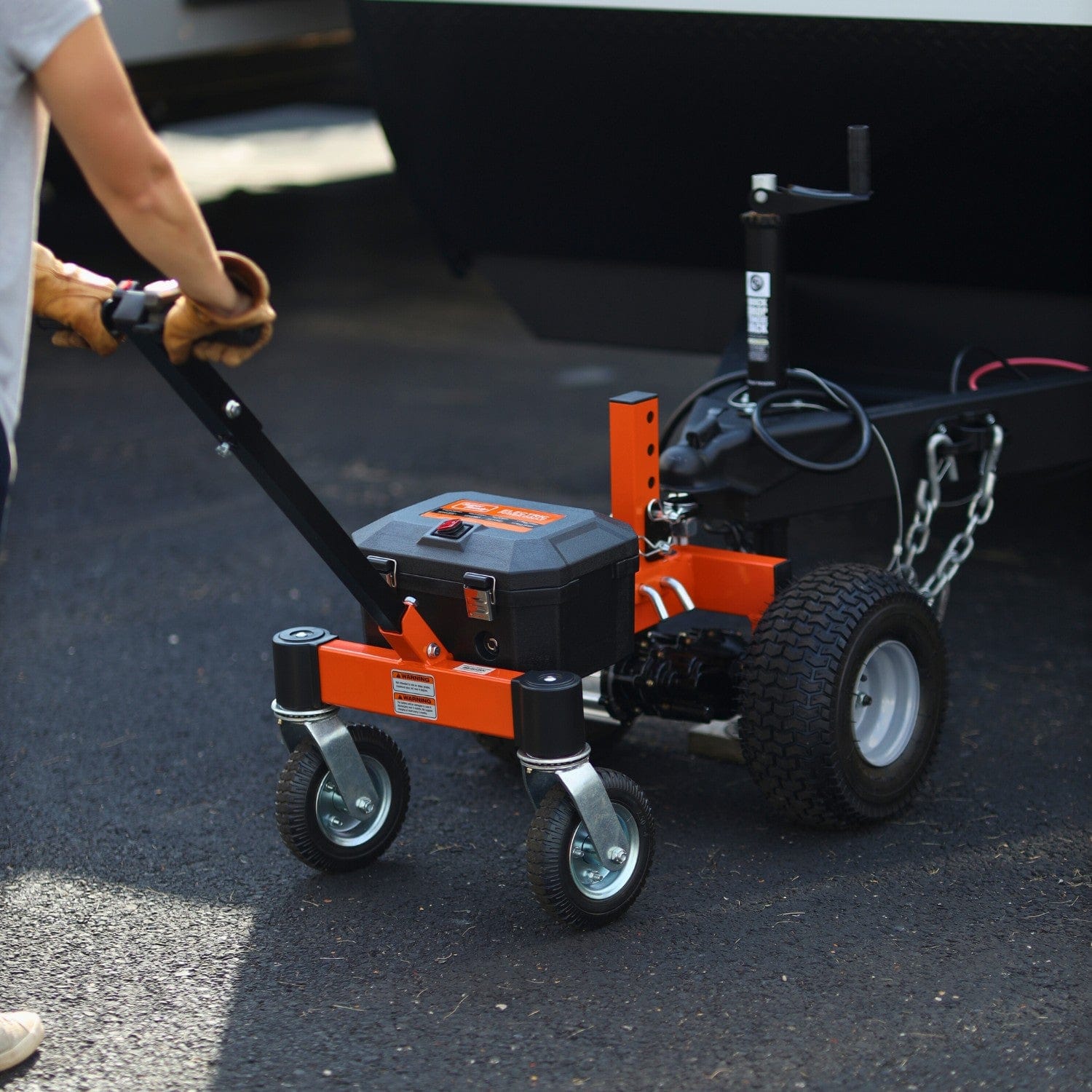
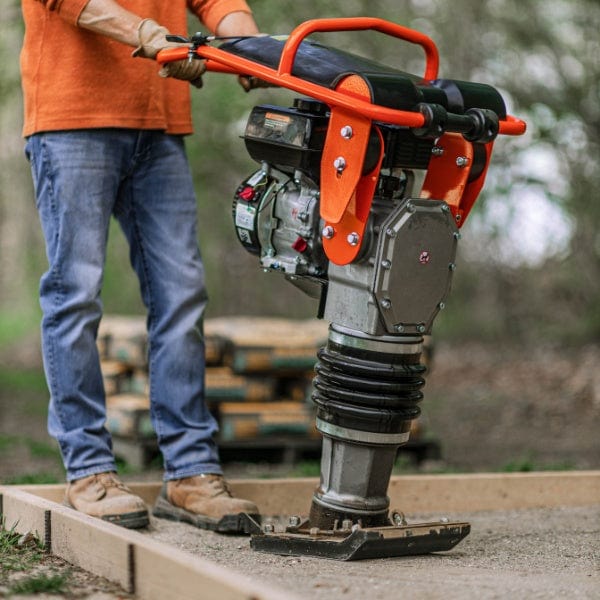
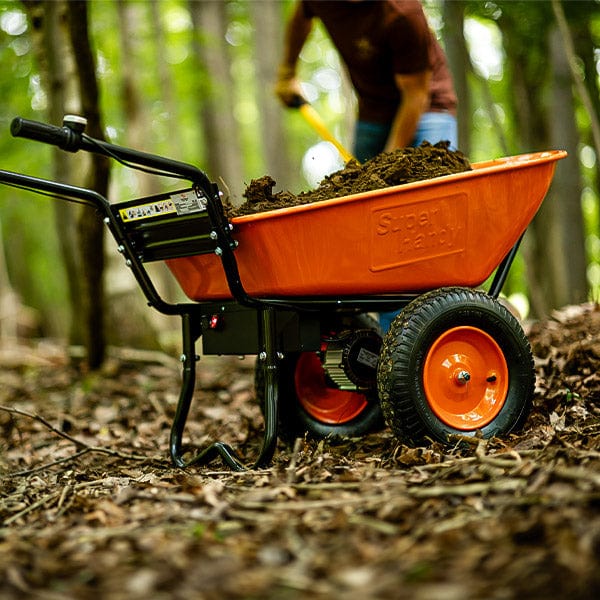


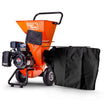
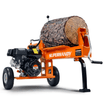
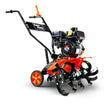
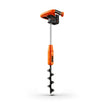
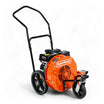
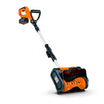
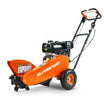
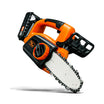

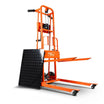
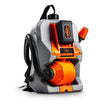
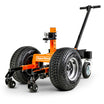
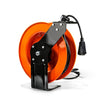
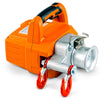
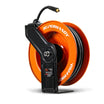

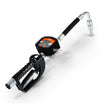
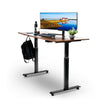
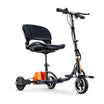
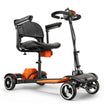
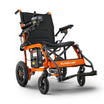
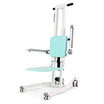

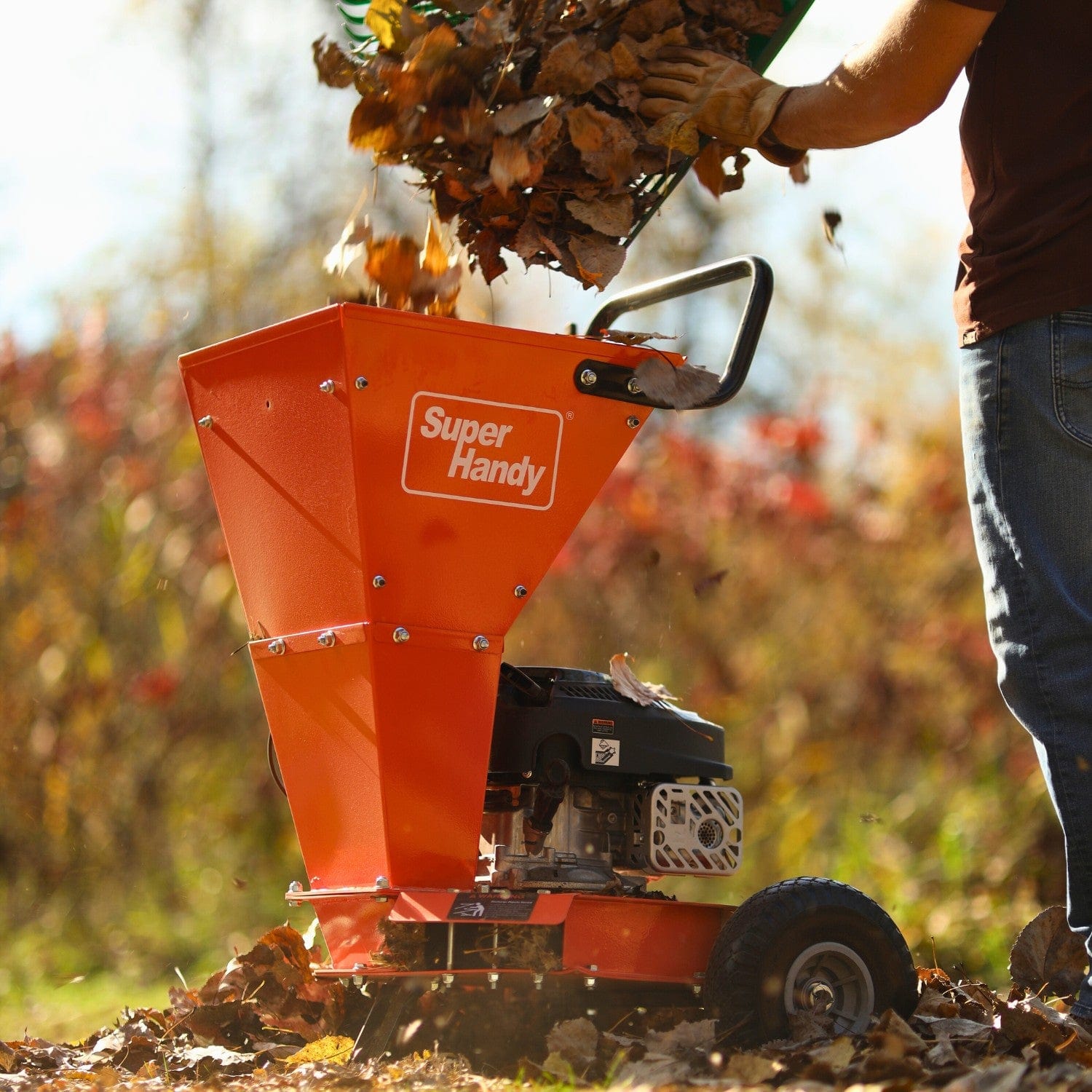
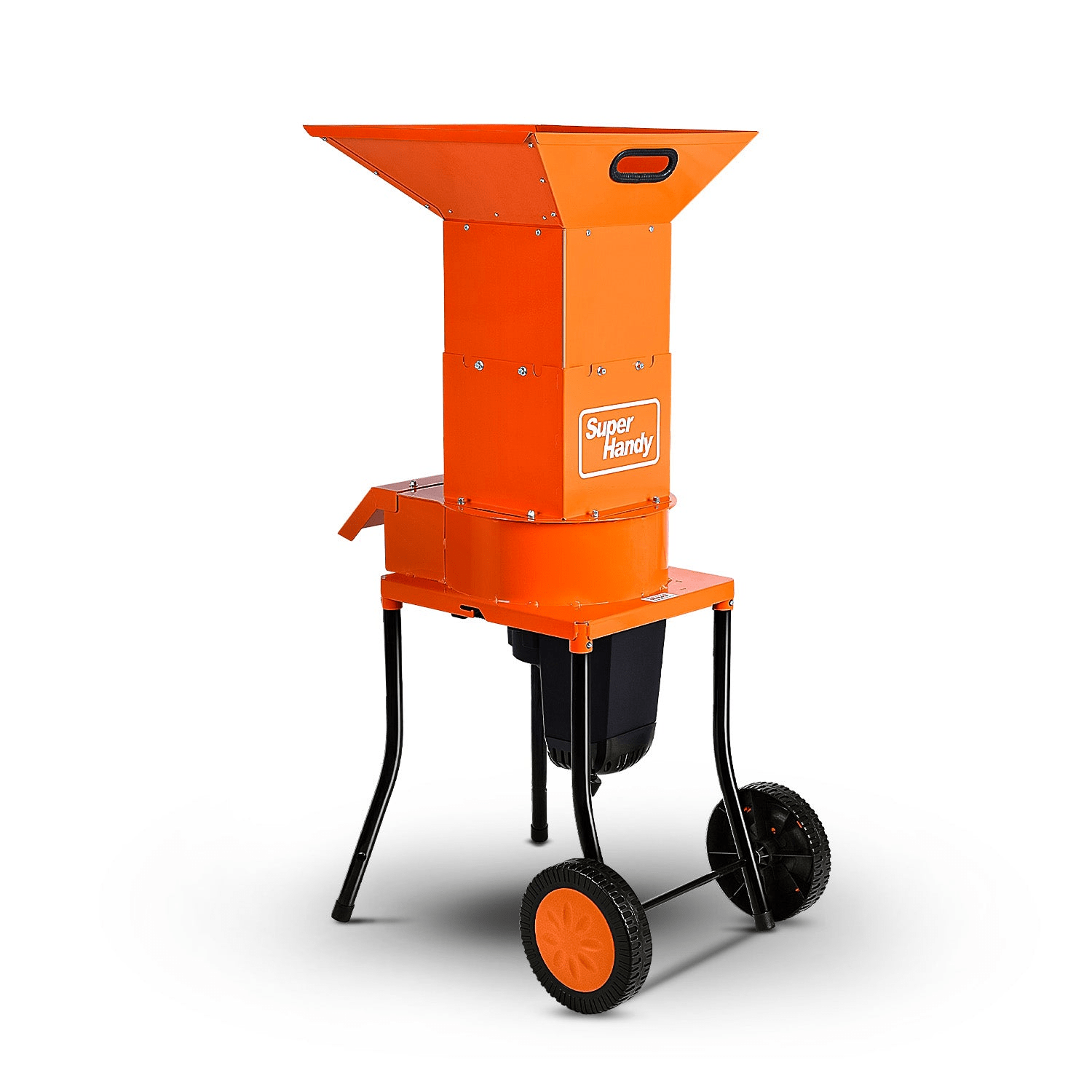
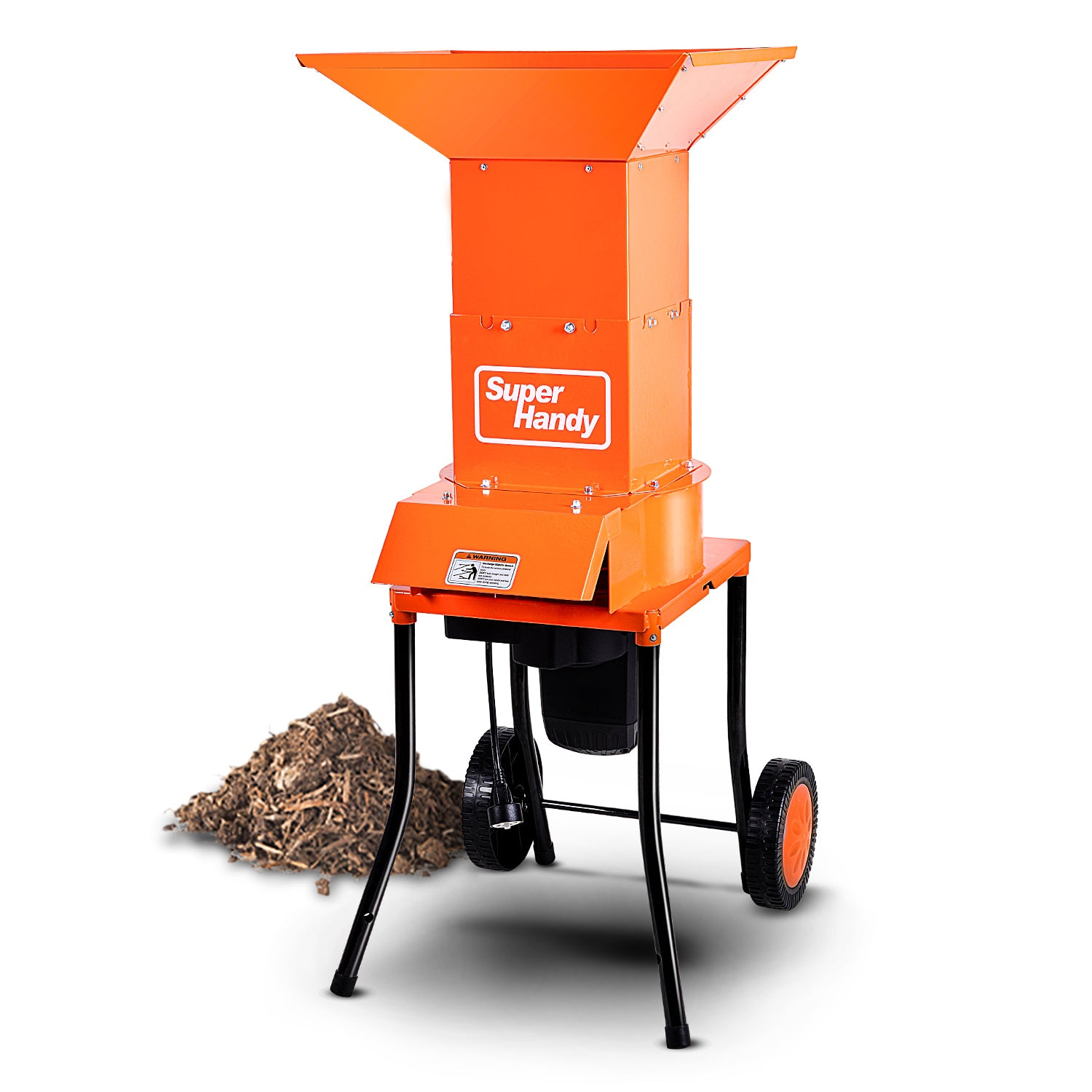
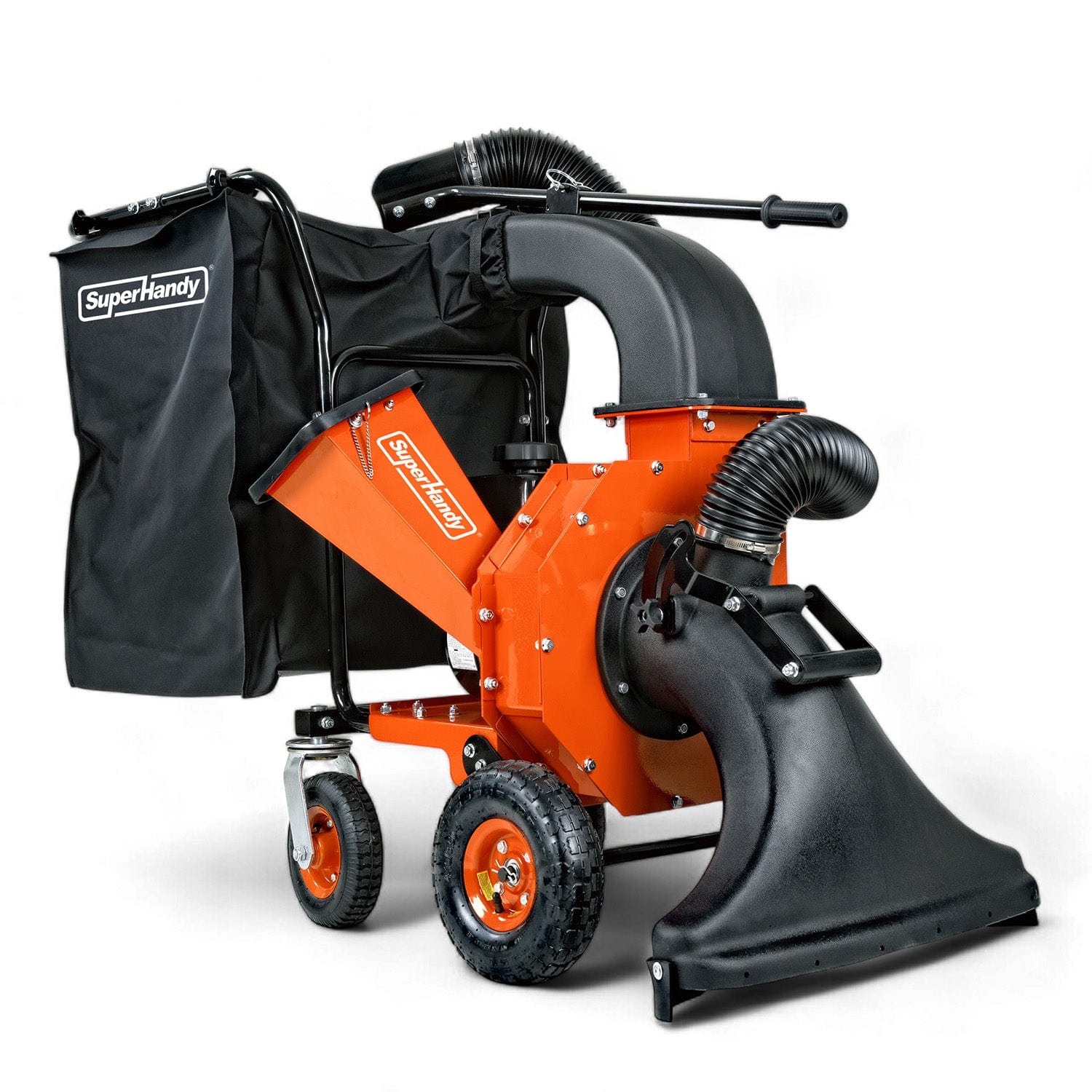
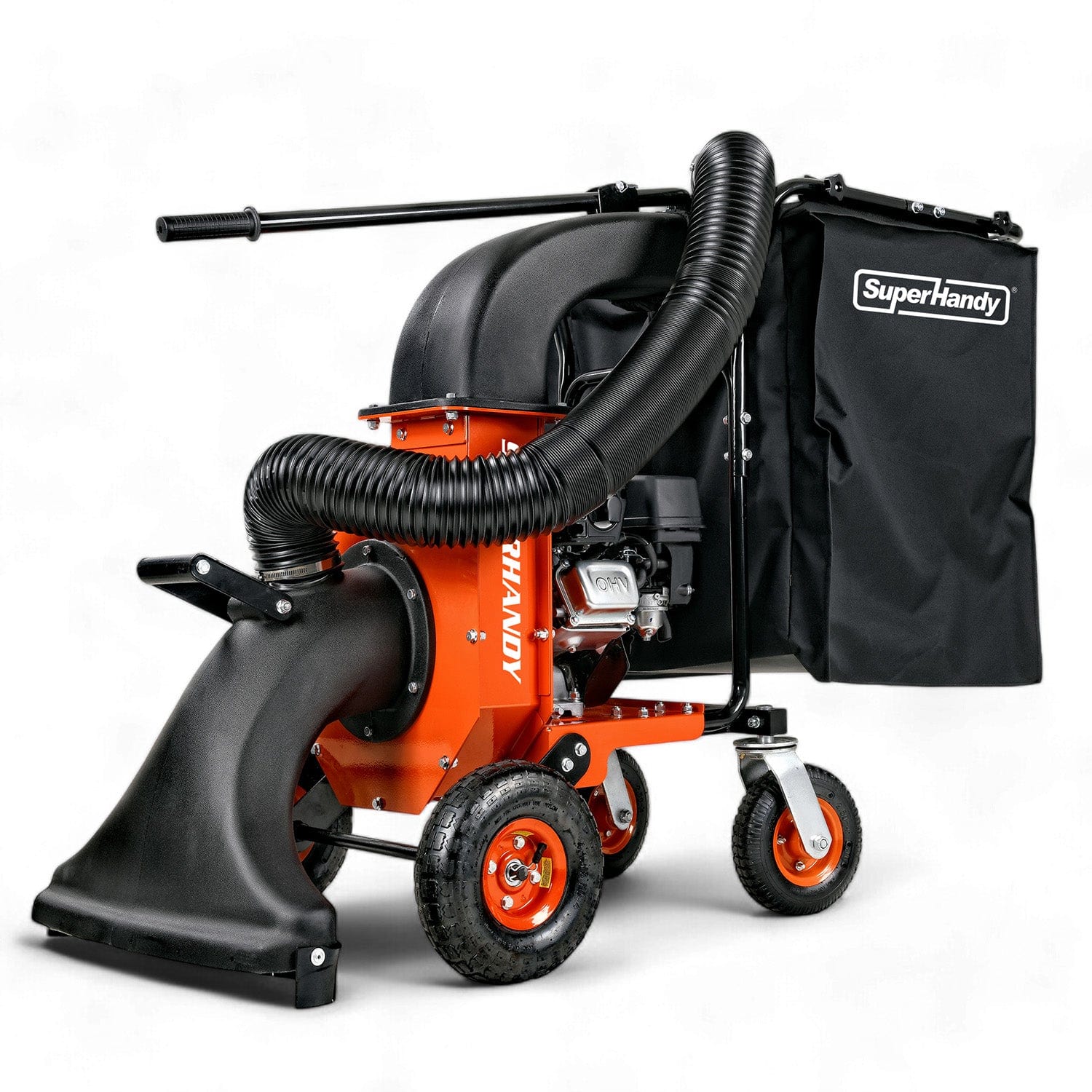
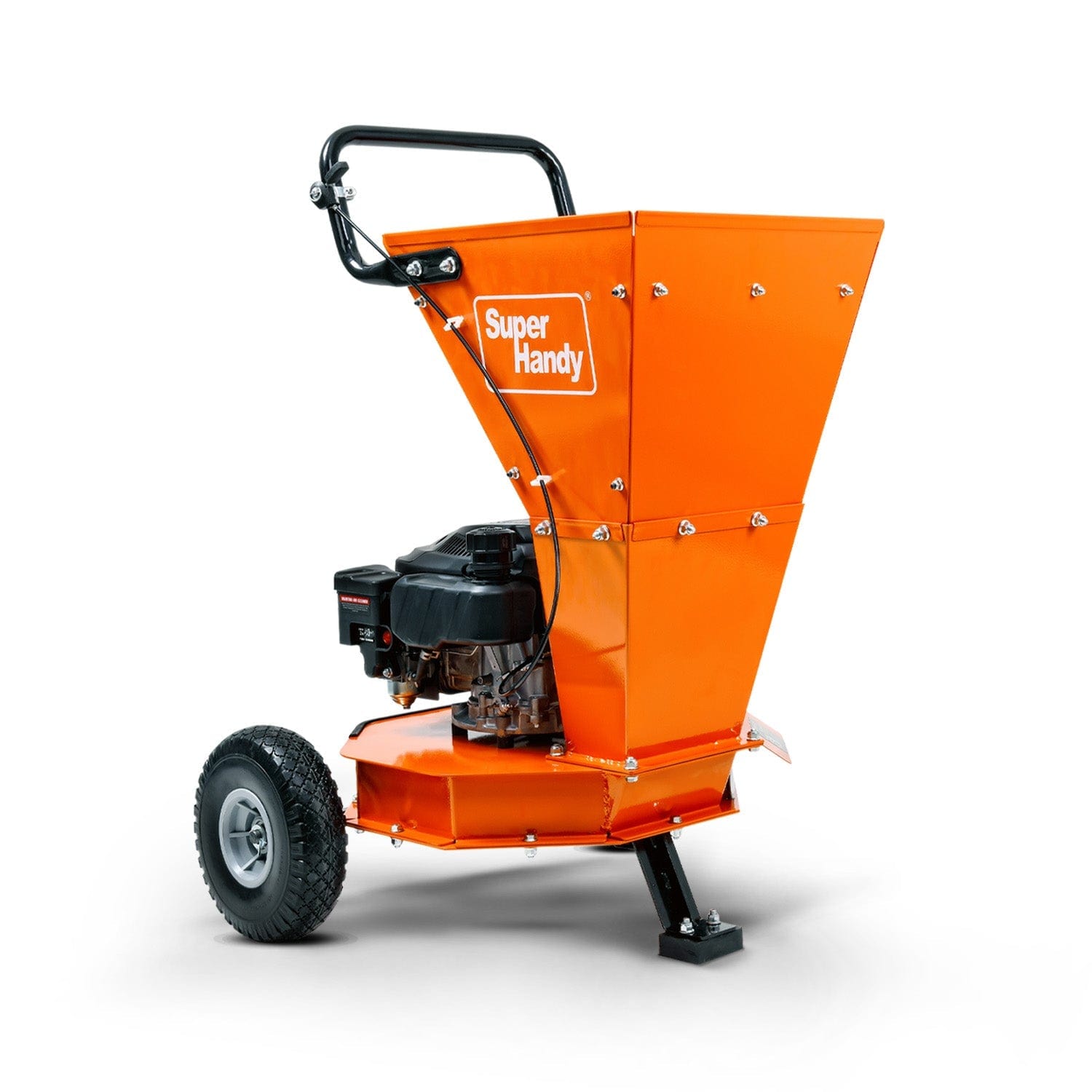
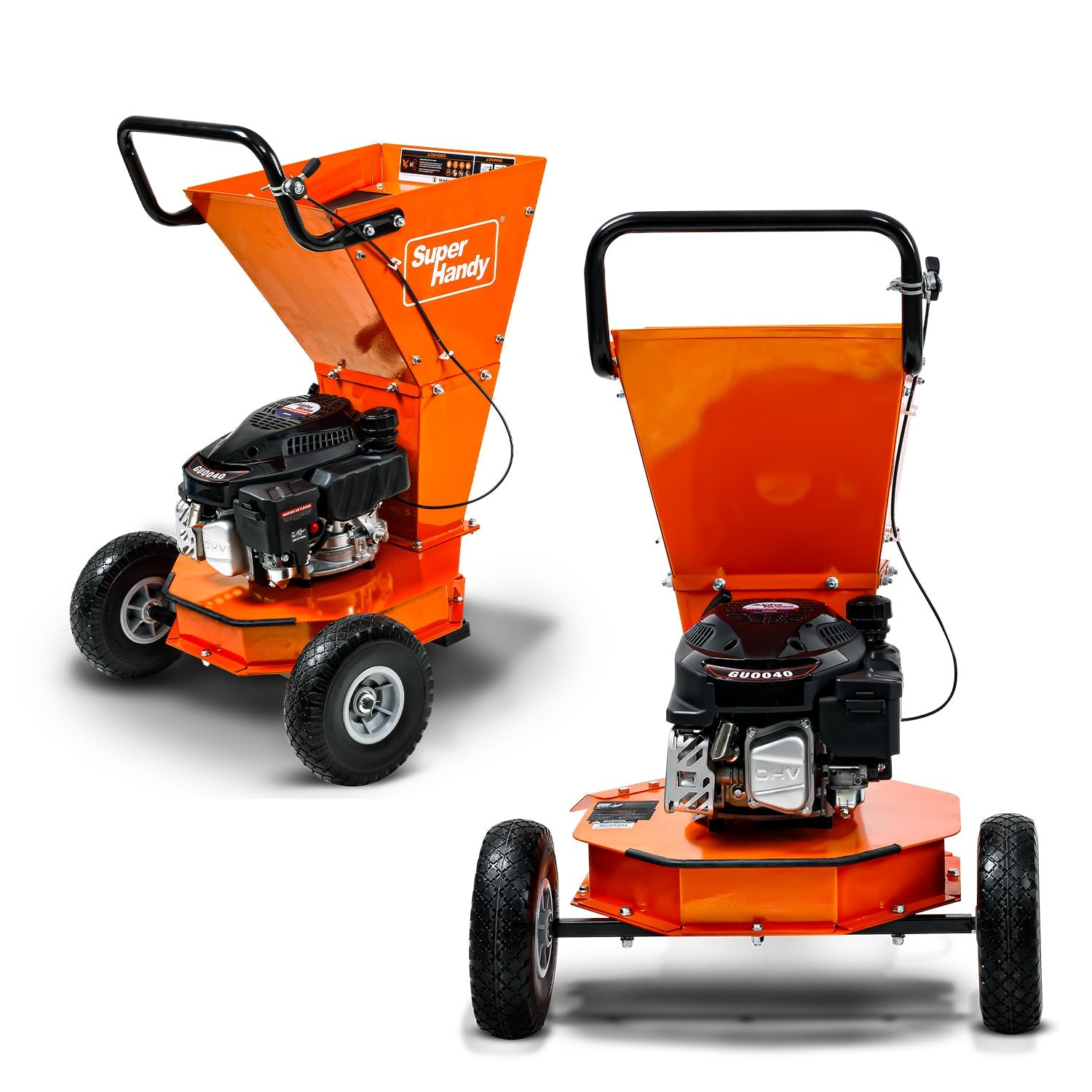


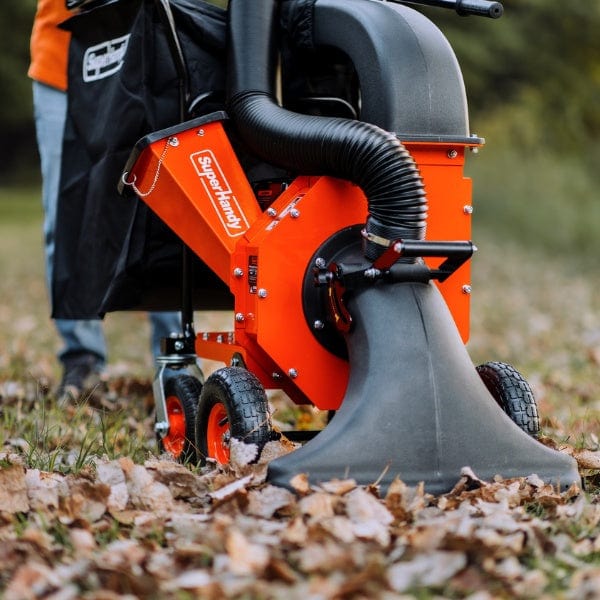
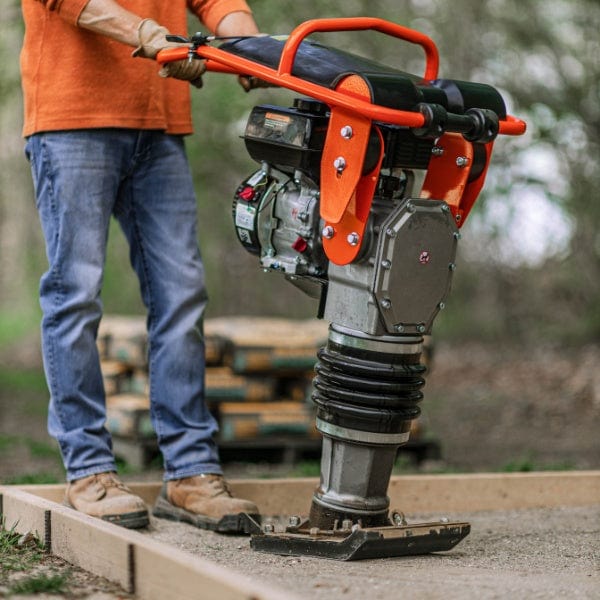

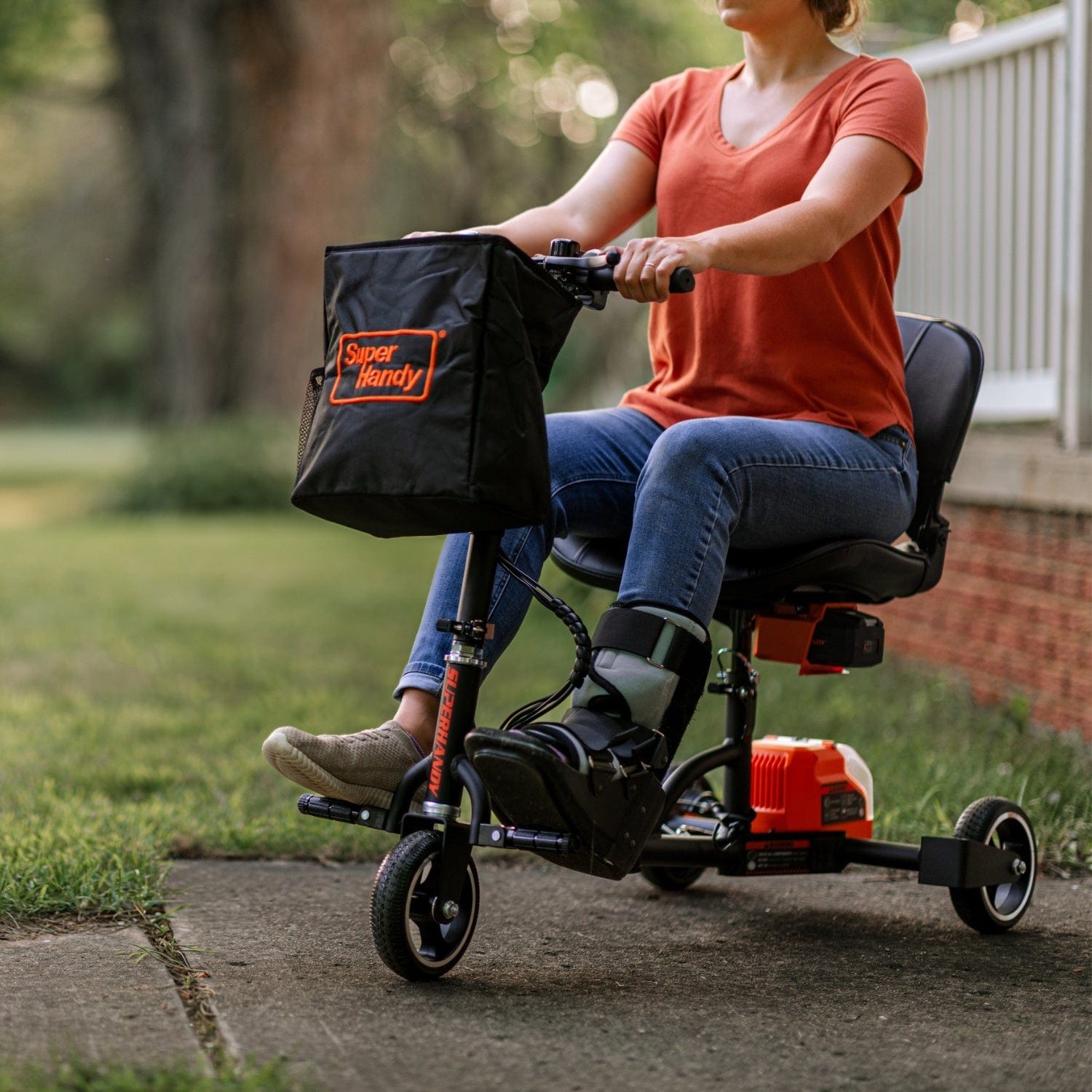
Leave a comment
All comments are moderated before being published.
This site is protected by hCaptcha and the hCaptcha Privacy Policy and Terms of Service apply.